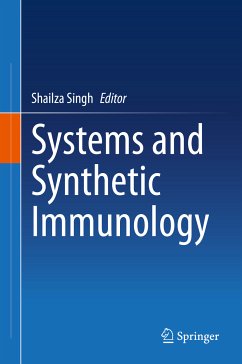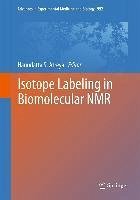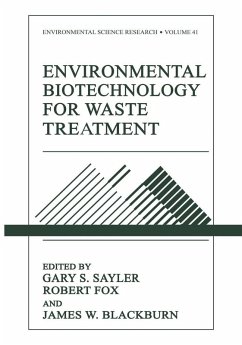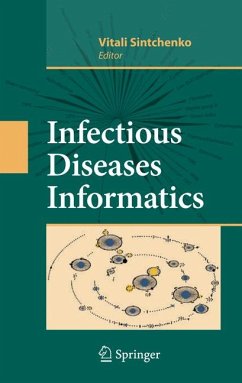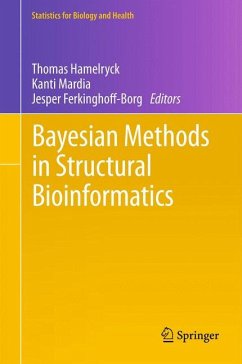
Coxiella burnetii: Recent Advances and New Perspectives in Research of the Q Fever Bacterium (eBook, PDF)
Versandkostenfrei!
Sofort per Download lieferbar
160,95 €
inkl. MwSt.
Weitere Ausgaben:

PAYBACK Punkte
80 °P sammeln!
Coxiella burnetii is the etiological agent of Q fever, a zoonotic disease found worldwide. The bacterium is a fascinating example of intracellular parasitism that has uniquely evolved to thrive in the most inhospitable of cellular compartments-the phagolysosome. Understanding how C. burnetii resists the degradative functions of this vacuole, and the host cell functions coopted for successful parasitism, are central to understanding Q fever pathogenesis. Recent achievements in glycomics and proteomics are guiding development of enhanced detection schemes for the bacterium in addition to sheddin...
Coxiella burnetii is the etiological agent of Q fever, a zoonotic disease found worldwide. The bacterium is a fascinating example of intracellular parasitism that has uniquely evolved to thrive in the most inhospitable of cellular compartments-the phagolysosome. Understanding how C. burnetii resists the degradative functions of this vacuole, and the host cell functions coopted for successful parasitism, are central to understanding Q fever pathogenesis. Recent achievements in glycomics and proteomics are guiding development of enhanced detection schemes for the bacterium in addition to shedding light on the host immune response to the pathogen. Several chapters survey immune functions that control or potentially exacerbate Coxiella infection and delve into correlates of protective immunity elicited by vaccination. Comparative genomics is also the foundation of chapters discussing diagnostic antigen discovery and molecular typing of the bacterium, with significance for development of new clinical, epidemiologic, and forensic tools.
Dieser Download kann aus rechtlichen Gründen nur mit Rechnungsadresse in A, B, BG, CY, CZ, D, DK, EW, E, FIN, F, GR, HR, H, IRL, I, LT, L, LR, M, NL, PL, P, R, S, SLO, SK ausgeliefert werden.





